The flathead grey mullet (Mugil cephalus), also known as the flathead mullet, is a fish from the Mugilidae family, which also contains the Thinlip mullet, Leaping mullet and Golden grey mullet. Among these, only the flathead grey mullet grows larger in size. It can weigh up to 11 lb (5 kg) and exceed 23 1/2″ (60 cm) in length.
There have been cases, even though rare, of caught specimens weighing 15.5 lb (7 kg). The flathead grey mullet has quite an elongated body, laterally flattened, colored grey, while the color is darker and more saturated on the back and lighter in the belly area. The head of the flathead grey mullet is big and wide. Its eyes are also large. There are large scales on the gills and head of this fish, very neatly arranged in rows. This species has 2 dorsal fins.
Characteristics of Flathead Grey Mullet
The flathead grey mullet is a widespread species. It can inhabit not only freshwater but saltwater as well. It can withstand temperate and warm waters. It's found in the Pacific, Atlantic and Indian Ocean, as well as their seas. During the summer months, flathead grey mullets often head for the mouths of rivers flowing into the seas.
This species of fish reaches sexual maturity after it turns 2 years old. Then it's time to release its roe. Usually this happens during the summer months, with the fish choosing areas in the open seas or near the coastline. The roe of flathead grey mullets is free floating. The fry hatch in 2-5 days after the roe is released. The process depends on the temperature of the water.
Initially, the primary food of the fry is zooplankton. After they grow a little they begin to feed on crustaceans and worms. The aquatic vegetation along the bottom of the water body also tempts them sometimes. Young flathead grey mullets grow most noticeably during their 1st 2 years of life. Flathead grey mullets swim in schools and can migrate over huge distances.
Catching Flathead Grey Mullet
This species of fish can be caught with a fishing rod. Experienced fishermen also use certain tricks. When float fishing, use a movable hook. Be very careful with the flathead grey mullet because it's a very feisty fish and never gives up easily. It's wise to use very strong float rigs. Sea worms and earthworms are excellent bait for flathead grey mullets. Corn also works sometimes.
Choosing and Storing Flathead Grey Mullet
Just like when you're picking out other types of fish, pay mind to the condition of the meat here as well. When the fish is fresh it still has its elasticity. Experts advise us to always check the condition of the eyes because if they are murky that means the fish is old. If you wish to be reassured of the purchased flathead grey mullet's quality, never buy fish from shady dealers who pull their fish out of a car trunk or garage.
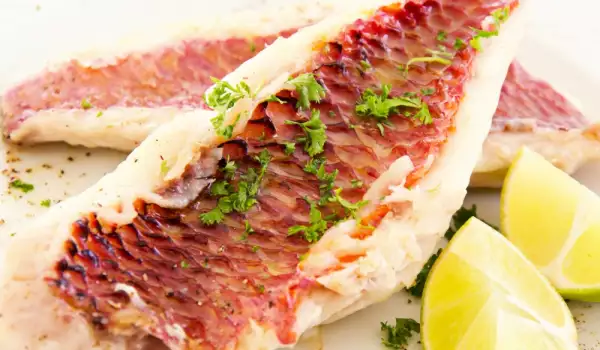
When buying fish you also need to be aware how to properly store it. If the flathead grey mullet you've chosen is frozen you can keep it in the freezer for no more than 2 days. Take it out several hours prior to cooking it. If the fish is whole and you intend to prepare it soon, clean it of its insides and wash it well with cold water.
Then dry it and wrap it in foil. Keep the wrapped flathead grey mullet in the freezer and take it out to thaw several hours before cooking. Remember that when you get to the actual preparation of the fish, it needs to be cool, not warm.
Cleaning Flathead Grey Mullet
There are several steps in the process of cleaning flathead grey mullets. First wash the fish well with cold water. Then begin removing the scales. Hold the body of the fish with one hand and use your other to remove the scales. Use a sharp knife or fish scales remover. Next, remove the fins, then the tail.
Cut the body in half down the back. Carefully remove the insides, without getting them all over the place. Remove the abdominal cavity. Once you're done getting rid of all undesirable parts, wash and dry the meat. From there, you can proceed with further treatment.
Cooking Flathead Grey Mullet
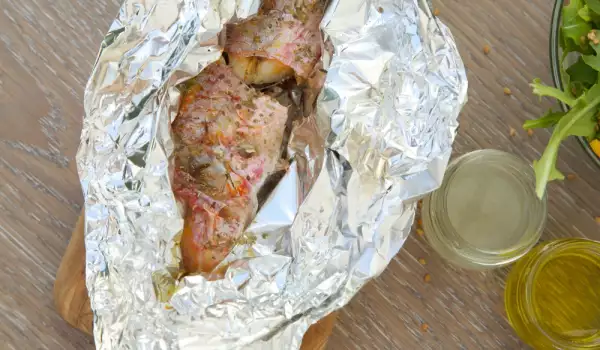
The meat of flathead grey mullets is white and relatively dry. Its taste qualities must not be underestimated under any circumstances. The upside to flathead grey mullet is that its bones are easy to clean, while the meat separates from them easily. If you have one but aren't sure exactly how to prepare it, try roasting it in the oven. Combine the fish with tomatoes, onions, carrots. Throw in some mushrooms too. The result will definitely satisfy you.
If you happen to have a larger flathead grey mullet, you can stuff it with walnuts, onions, raisins and rice. You can also grill it. Before you throw it on the fire, sprinkle it generously with black pepper, salt, curry, lovage, rosemary, thyme and tarragon. Another option, before you arrange the fish on the grill, is to season them with a marinade of lemon juice, paprika, garlic, dill and white wine. Flathead grey mullet meat is also used to make stews, soups, skewers. Its soft meat can be added to all kinds of salads, especially ones with tomatoes.
Benefits of Flathead Grey Mullet
Flathead grey mullets are good for the proper functioning of our bodies, as they are a source of fats, proteins, phosphorus, vitamin B1, vitamin PP, fluorine, omega-3 fatty acids. It's been proven that regular consumption of flathead grey mullet can lower the risk of heart problems. Eating this fish also has a positive effect on brain function. Further, consumption of flathead grey mullet helps provide a good mood. According to studies, people who eat fish 2-3 times a week suffer from depressive states relatively less often.
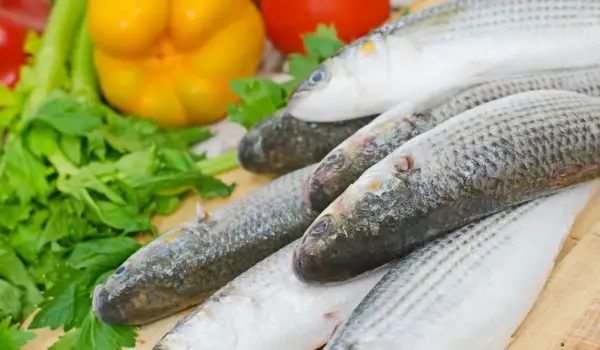

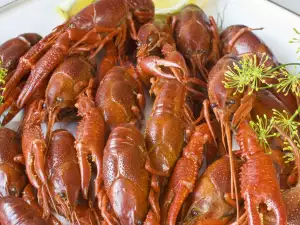


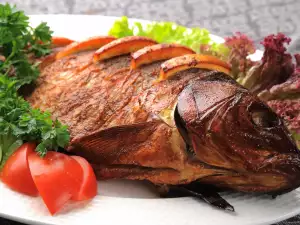




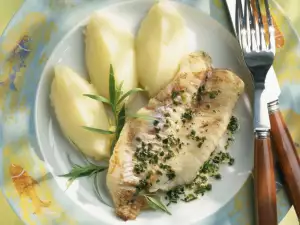

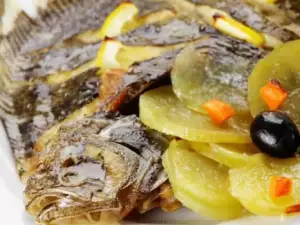
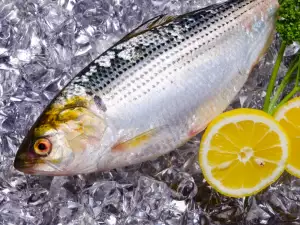





Comments